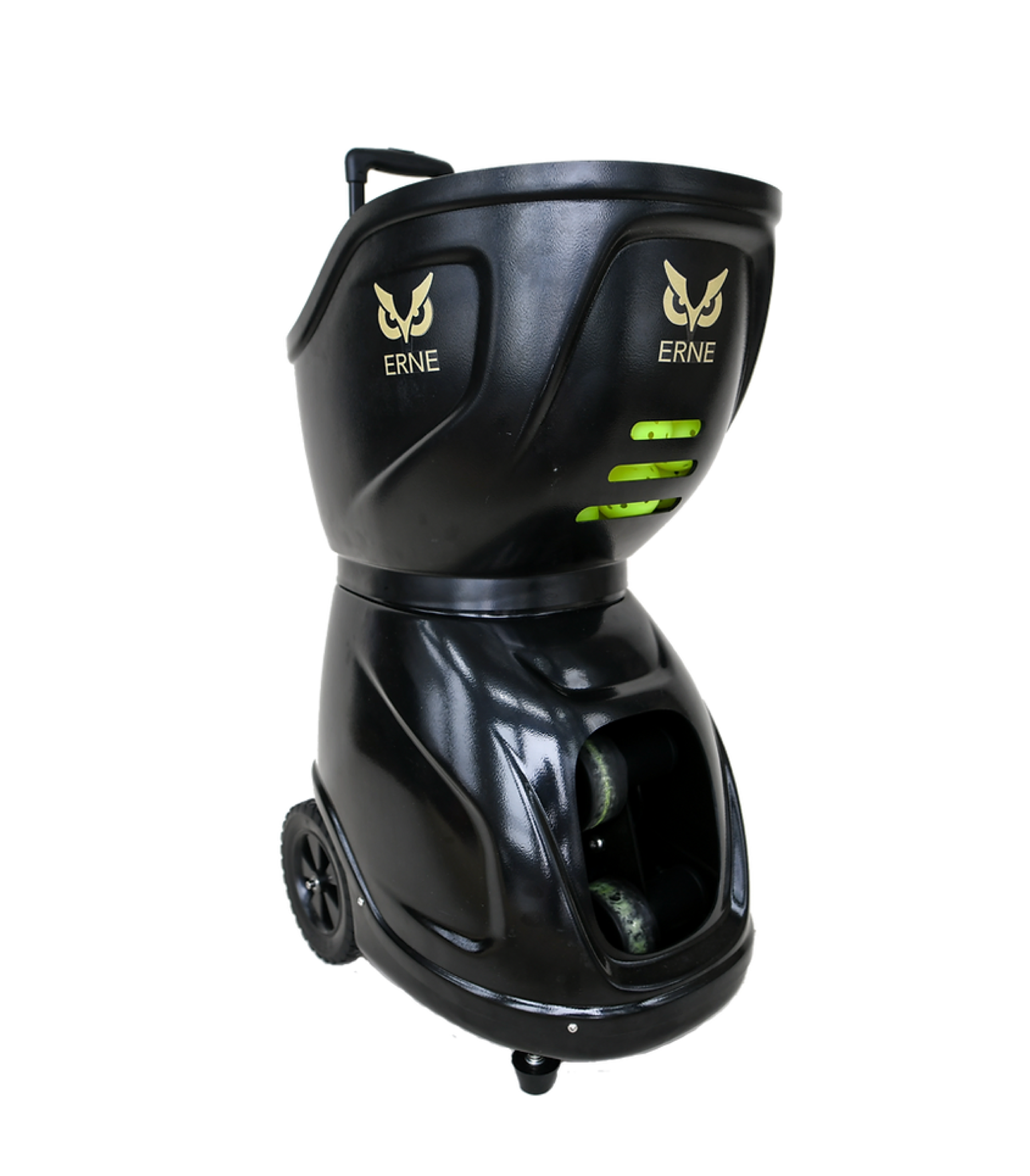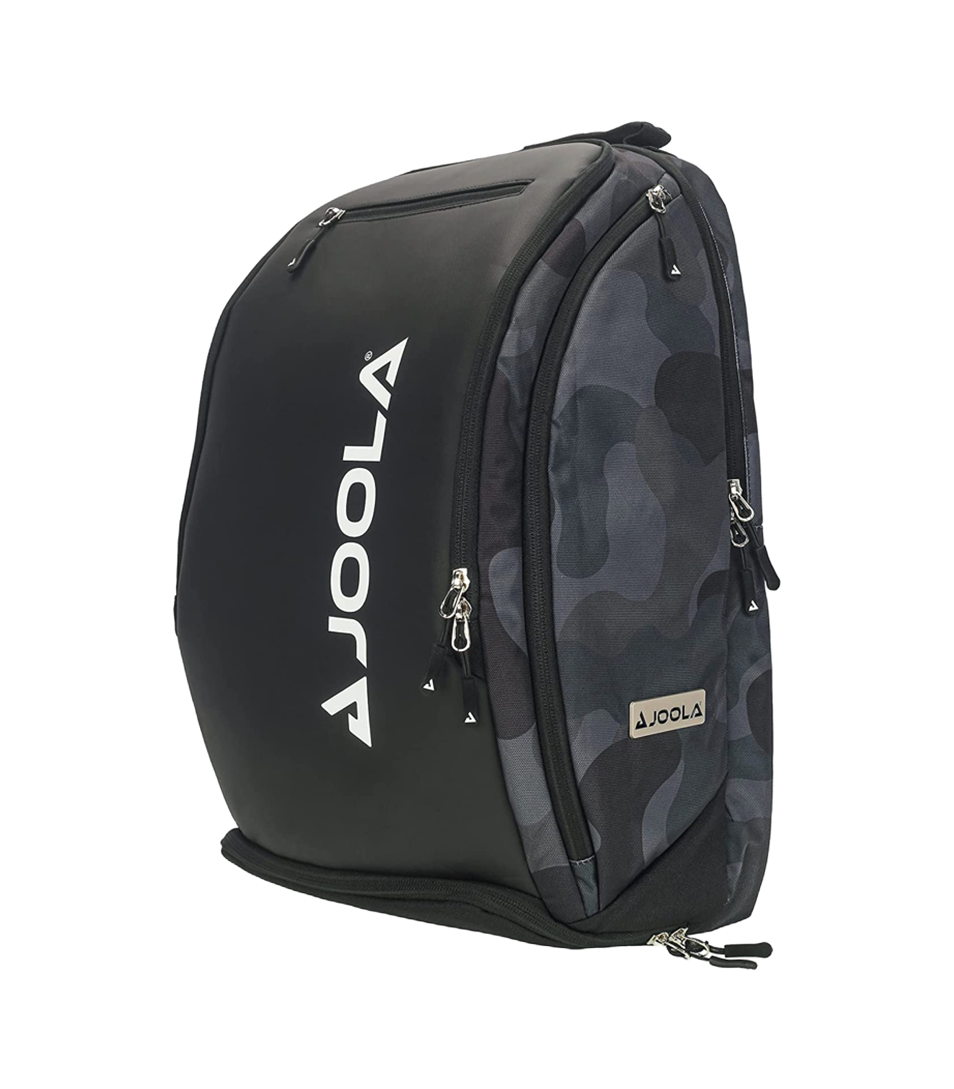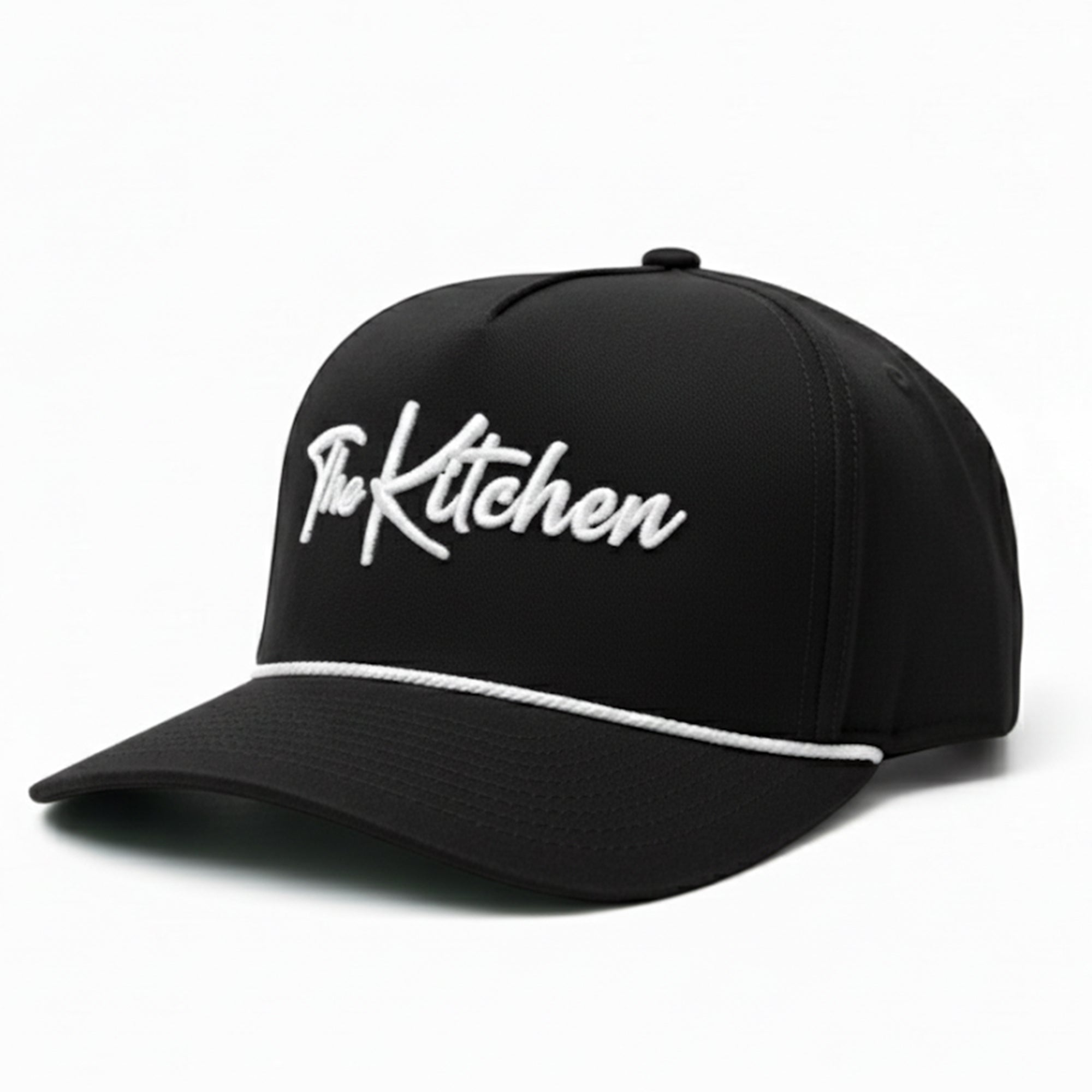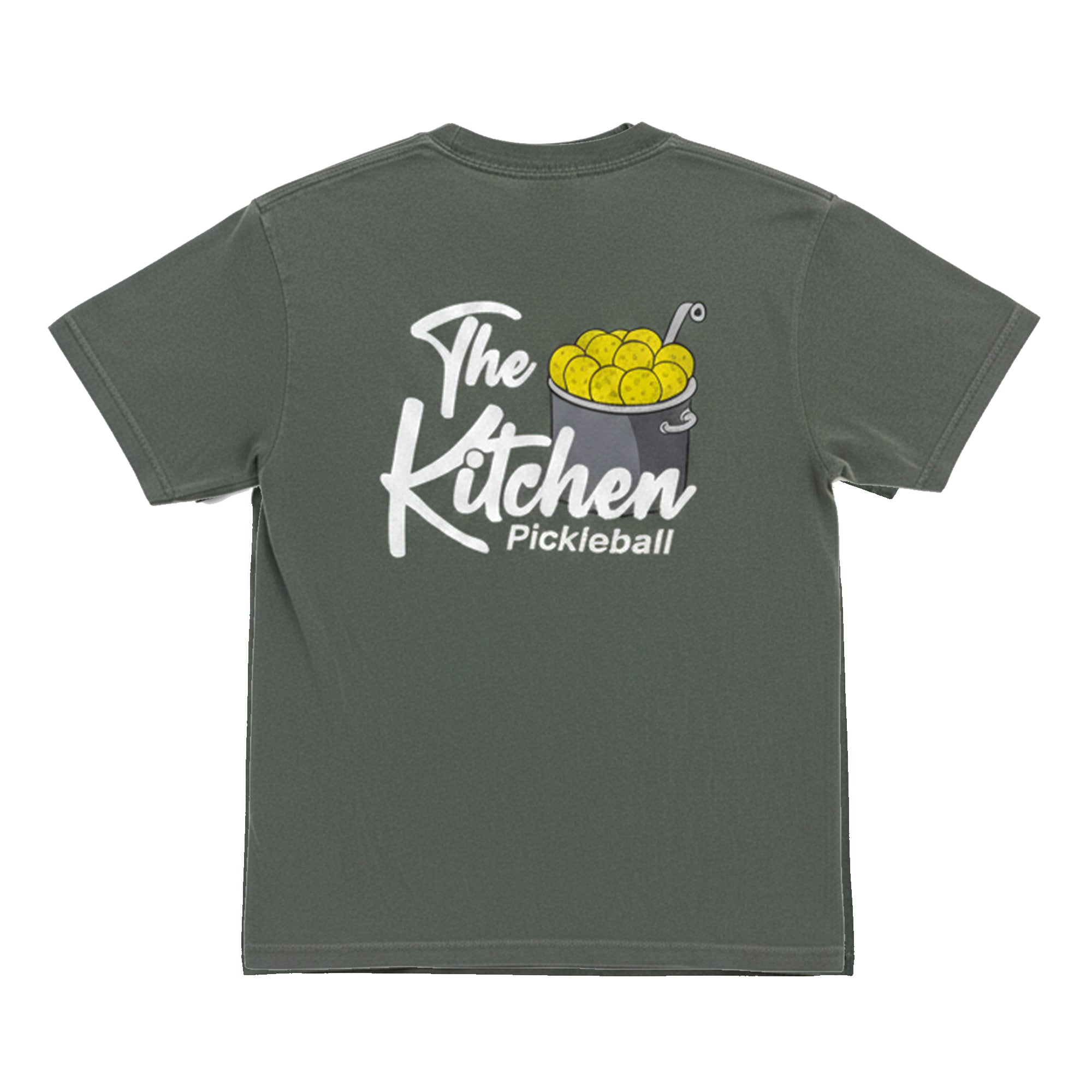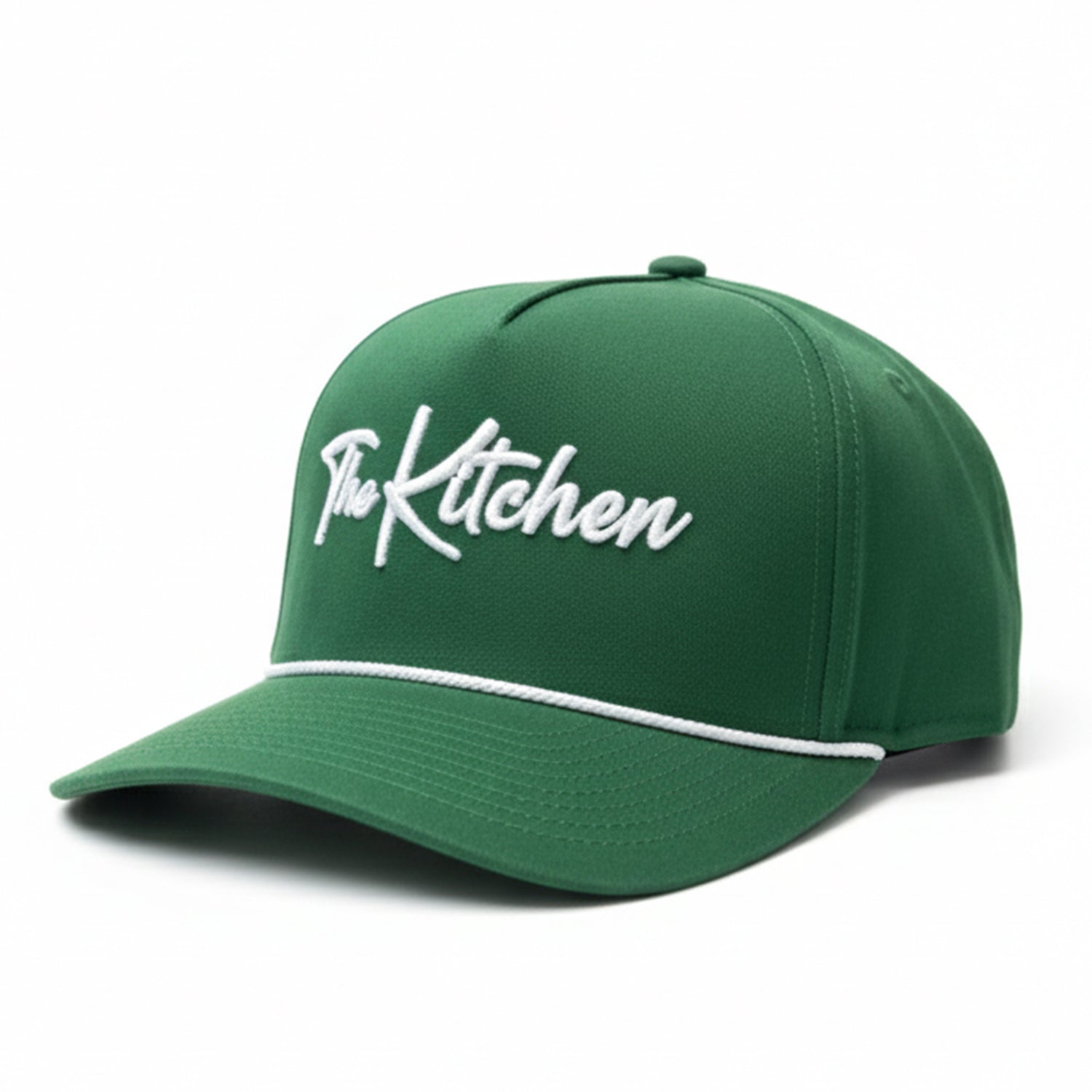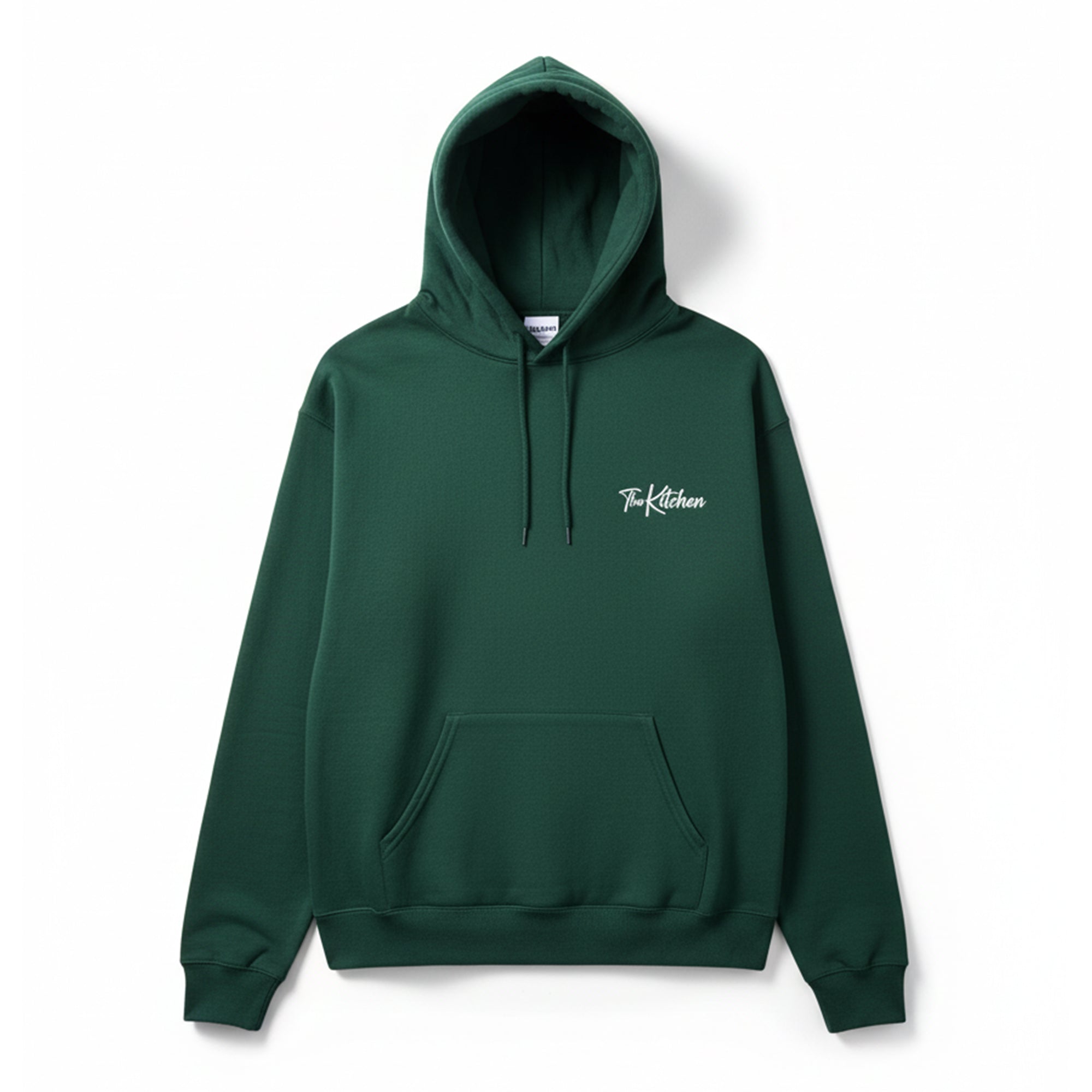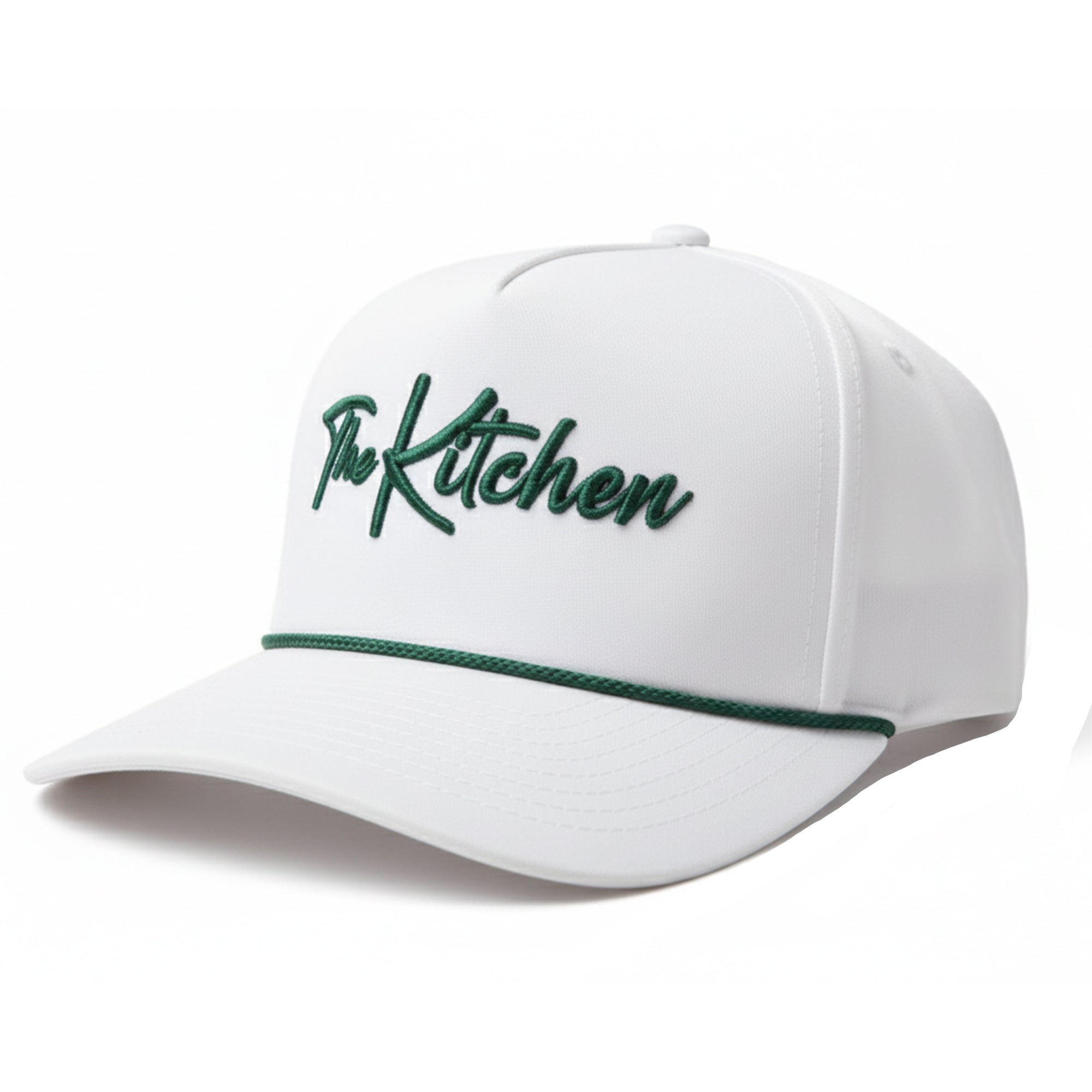Twoey Secrets: Mastering the Two Handed Backhand in Pickleball
Last Edited
Jan 20 2025
Category
Instruction
The two handed backhand in pickleball – otherwise known as the “twoey” – is in the spotlight this year.
This power-focused shot has gained popularity with some of the top players, and recreational players are taking notice.
Anna Leigh Waters developed it as one of her signature shots, and even Ben Johns is known to bring it out when he’s not playing cat and mouse at the kitchen line.
We spoke with one of the top pros who is especially gifted with a strong twoey, Connor Garnett, who gave us some insight into when and how to pull off this intimidating shot.
What is the Twoey?
“Isn’t it just putting an extra hand on and ripping a backhand?”
Absolutely not.
Generally, the keys to a successful two handed backhand include:
1) Strong left hand involvement
2) A compact swing
3) Utilizing the kinetic chain (more on all of this below)
The technique won’t change much, but there are five main use cases for the twoey which each involve some important differentiations and strategies:
- The down-the-line backhand
- The backhand cross-court
- The transition backhand
- The backhand dink
- The backhand speedup (volley)
Connor breaks down each of those scenarios here:
Before we expand on when and how to use the two handed pickleball backhand, we should also explain the basics of its proper grip.
Finding the Two Handed Backhand Pickleball Grip
If you’re unclear about how to grip the paddle while performing the twoey, practice this set up:
Step one: Hold the paddle face with your non-dominant hand, keeping it out in front of you with the handle facing you.
Step two: Using your dominant hand, reach out and “shake hands” with the paddle’s handle, gripping it as you would when introducing yourself to someone or closing a deal.
Step three: Take your non-dominant hand and place it right behind the first hand. It’s ok if your non-dominant hand has to touch the lower part of the paddle face in order to fit. Extend your pointer finger against the face of the paddle to provide support.
The result should look like this:

Perfecting the Twoey
Strong left hand involvement - The left hand is probably the most important aspect of the twoey backhand, Connor tells us.
“You will see some players working on hitting lefty to build that strength. Make sure that your right hand is along for the ride, but the left hand does the bulk of the work.”
Start by dipping the paddle tip to gain spin and throw the left (non-dominant) hand across, which will naturally finish across the body.
Related: Avoid This Common Mistake While Covering the Middle in Pickleball
“I will put my left pointer finger on the back face of the paddle to get additional feel and allow me to come around the ball,” Connor says.
“This allows me to even generate some side spin through this when dinking.”
Compact swing - With the non-dominant hand on the paddle, you’ll naturally swing shorter than what we see on the forehand.
It is key to ensure that once your right shoulder (inverse for a lefty) hits your chin, the backswing is big enough.
Utilizing the Kinetic Chain - “I have seen people at clinics overuse the arms for power,” Connor warns.
“However, until the hips bring the paddle out on contact, my upper body is still – THEN I will add a swing with the arms to get topspin and add additional torque.”
This technique employs the larger muscle groups (i.e. legs, hips, and core) for the bulk of the power and the smaller ones for the finish and spin. It’ll take some practice, but focus on those two groups as separate entities.
When to Use: The Strategy Behind Two-Handed Backhands
There are numerous instances where the two handed pickleball backhand can give players an advantage.
Right-handers on the left side: you just know your opponent across from you is eventually going to try to speed up on your left-side line. It’s inevitable, so counter it effectively with the twoey.
If you’d have to stretch your arm out to reach a one-handed backhand shot, it’s better to throw that second hand on there to add stability and power. Make them pay for trying the speedup in the first place.
Right handers on the right side: your opponent dinks out wide to your right; you return, and they speed it up through the middle to try to find the gap between you and your partner.
The twoey works here for the same reason it works above. You’re already out of place to some extent, so you want to regain power and form to punish your opponent’s attempt.
Of course, if you’re left-handed, flip these scenarios.
No matter which hand you favor, recognize that the two handed pickleball backhand is all about adding power, stability, and reinforcement.
Ideally, these shots should be reserved for situations where you’re trying to confidently end the point or take your opponent by surprise – but we all know it doesn’t always work out that way…
…Which leads us to our final tip: don’t get cocky.
It’s easy to assume that the extra power your other hand affords you will guarantee the end of a point. But even lower-level players get lucky sometimes and return a hard drive. Be sure to keep the form punchy and snap back into ready position immediately after a short follow-through late in the stroke.
You can follow Connor Garnett on Instagram for more tips.
